#khonsu god
Explore tagged Tumblr posts
Text
khonsu, god of the moon 🌙
───── ⋆⋅☾⋅⋆ ─────

───── ⋆⋅☾⋅⋆ ─────
i'm still a bit new to worshipping him so i hope this is good :'). khonsu worshippers/devotees need to rise up tho cause i barely ever see any
───── ⋆⋅☾⋅⋆ ─────
#ruby's digital offerings#khonsu#kemetic polytheism#kemetic pagan#kemetic paganism#kemetic polytheist#kemetic worship#lord khonsu#khonsu god#khonsu worship
55 notes
·
View notes
Text

Khonshu sketch
#khonshu#moon knight fanart#art#moonknight#sketch#illustration#digital arts#moon knight#artist on tumblr#procreate art#procreate#moon boys#god#god Khonshu#god of the moon#moon knight fan art#moon knight x you#khonsu#Khonshu fan art
327 notes
·
View notes
Text
"I'll make you say, how proud you are of me"

"So stay awake just long enough to see my way!"


"My way...my way.."
Khonsu is Ra and y/n son.
#ennead ra#ennead manhwa#ennead#ennead x reader#ra x reader#amon x reader#amon-Ra#amonRa#ennead khonsu#last god au#lost god au
351 notes
·
View notes
Text


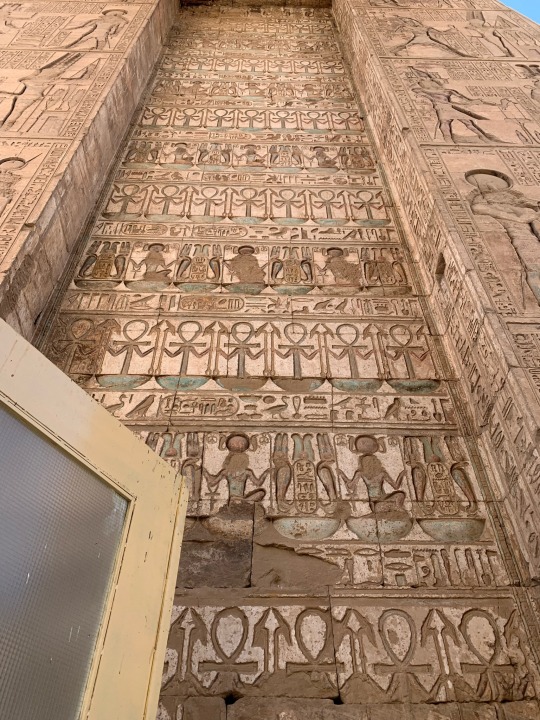

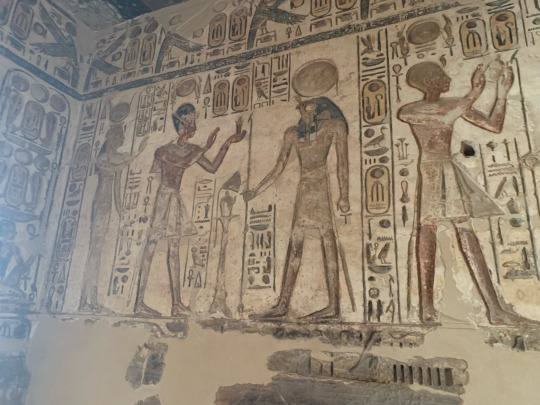
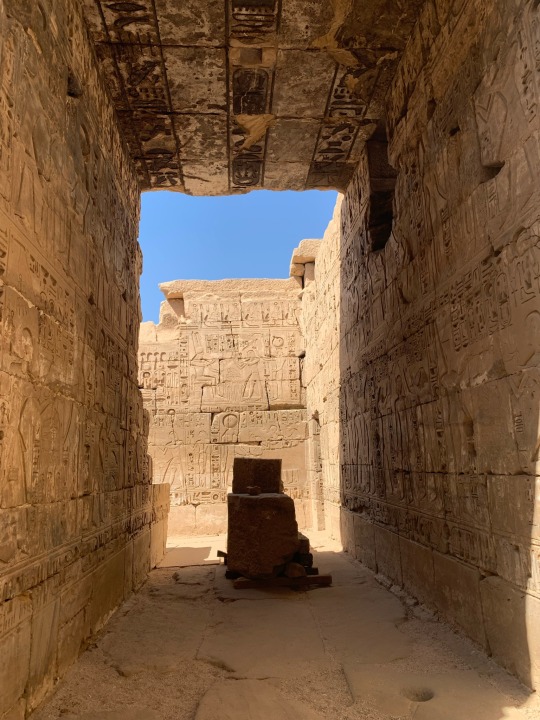

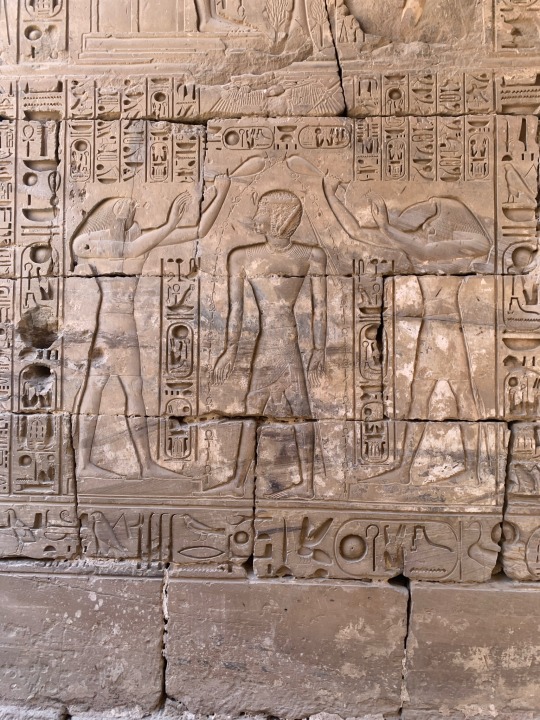

Imagery from Khonsu’s Temple within the Karnak Temple Complex in Luxor, Thebes.
The Karnak complex is massive and it’s temples ornately decorated despite their age. I took these photos near the end of July—it was over 45 degrees celsius, so there were few people there. The experience, especially because of the lack of people, was richly unique and beneficial to the soul.
#ancient egypt#kemet#Khonsu#egyptian mythology#ancient history#egyptian hieroglyphs#egyptian gods#egyptian art#egyptology#kemetic#ancient art#hieroglyphs#archaeology
1K notes
·
View notes
Text

Solar/Lunar birds
257 notes
·
View notes
Text

I made bc I wanted a wallpaper for my phone, but it was longer than I thought.... Anyway, here it is the Chiken.
#marvel#marvel comics#marvel comic#mcu#Khonshu#moon knight series#moon knight#Jonshu#Khonsu#Moon god#Klimt
81 notes
·
View notes
Text





Close ups of a few gods from my altar - Amun, Amenhotep III and Khonsu.
#amen#Amun#Amun-ra#amun-re#Khons#Khonsu#Amenhotep iii#Amarna#pharaoh#Egypt#ancient egypt#egyptian gods#egyptology#egyptian#Kemetic#paganism#kemetic orthodoxy
25 notes
·
View notes
Text



Going crazy with this character design thing process bcuz I'm very indecisive, but hey! Look this some really cool discarded desings (actually… one of this was choosed, but I'm not telling anything more for now) until next Jonsu's comic I'm current drawing ദ്ദി(。•̀ ᗜ^)
#Jonsu#khonsu#egyptian mythology#egyptian god#art#artists on tumblr#character design#original character#character art#oc#digital art#my art
22 notes
·
View notes
Text
Prayer to Khonsu
Khonsu, the one who brings light in the darkness, god of travelers in the night. Give me safe passage on my drive, he who navigates, so i may pass through the night safe and sound. Protect me from things going wrong, manipulate time and fate if it was my time to go, so I may see Re’s rise for another radiant day.
-Raet / Akhret
#khonsu#prayer to khonsu#prayers#pagan prayer#kemetic#kemetic paganism#kemetism#ancient egypt#ancient kemet#pagan#paganism#deity work#deity worship#khons#egyptian moon god#egyptian gods#kemetic pagan#pagan religions#paganblr#moon god
22 notes
·
View notes
Text







some drawings
#i dont like a few of them#my art#egyptian mythology#greek mythology#mythology#egyptian gods#greek gods#set god#shu#hermes#khonsu#ancient egypt#tutankhamun#oc#jjba#terunosuke miyamoto#yuya fungami#teruuya
21 notes
·
View notes
Text
lil drawing i made for lord khonsu !! 🌙
───── ⋆⋅☾⋅⋆ ─────

───── ⋆⋅☾⋅⋆ ─────
#ruby's digital offerings#khonsu#kemetic polytheism#kemetic pagan#kemetic paganism#kemetism#kemetc polytheist#kemetic#kemetic worship#lord khonsu#khonsu god#khonsu worship
19 notes
·
View notes
Text


PERCY JACKSON † means pay attention to the warnings
slow down, child, you don't have to fight anymore †
when all is gone, what remains? †
go to college, they said. it will be fun, they said.
the ichor of immortality burns as we sleep (pjo-themed poems)
little dark age †
come find me when i sleep and tie anchors 'round my feet † alternate ending to little dark age
your father is a monster (and you are his favorite son) †
i want to stay with you until the gods fall (patrochilles/ruegard)
don't give up now (achilles, percy)
i will hold fast for you
the cracking of my bones
the light in the darkest depths of the sea (why can't i hold on?) †
it's just anatomy (you're only half of me)
we accidentally start a civil war (seriously, not our faults)
do not all gods start mortal, made powerful by devotion?

MOON KNIGHT † means pay attention to the warnings
'til kingdom come (give me your loyalty, you can't escape) †
#percy jackson#pjo#fanfic#masterlist#achillescomehome#moon knight#khonshu#khonsu#x reader#angst#smut#fluff#poseidon#greek gods#riordanverse#rick riordan#riordan universe
23 notes
·
View notes
Text
Khonshu: I don't need anyone! I can be fine on my own!
LATER
Khonshu: I was wrong...I need mom...I need dad...I want thers warm hugs...*ugly crying*


#ennead khonsu#ennead ra#ennead x reader#ennead au#last god au#lost god au#ra x reader#god ra#egyptian gods#egypt
210 notes
·
View notes
Text
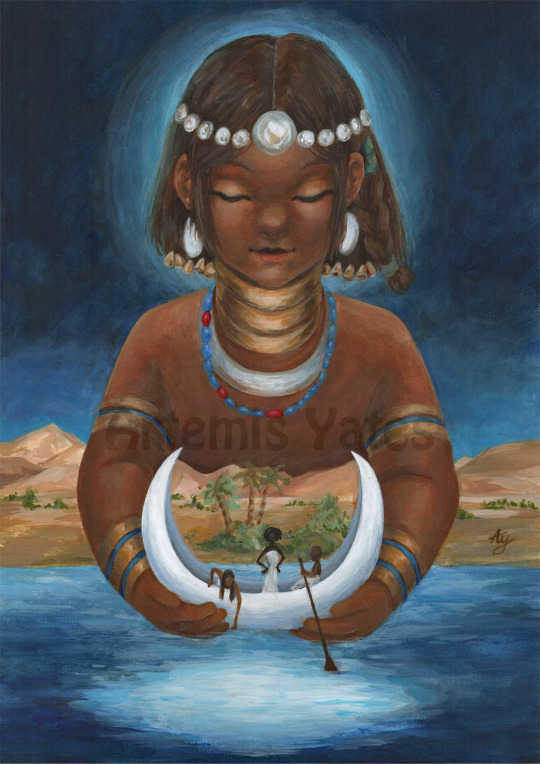
Khonsu, the moon and protector of travellers at night.
Painted with acrylics.
#khonsu#khonshu#ancient egypt#ancient egyptian#egyptian gods#egyptian mythology#ancient kemet#kemet#traditional painting#traditional art#mythology#mythology art#moon aesthetic#painting#art#artwork#my art
151 notes
·
View notes
Text

This was supposed to be a group shot of Egyptian demons but I lost the motivation. Here’s the remains of the sketch of Khonsu and Hathor.
49 notes
·
View notes
Text

Pigeon 🐦⬛ i hate that Marvel used the wrong skull for Khonsu because the actual God has the head of a falcon, not a crow/raven like Marvel made him
Have a 3 min video of my horrible process trying to work out how to draw a body when doing this. Proportions are my least favourite thing ever (under the cut)
#khonshu#khonsu#marvel#my art#digital art#art#artist#fan art#egyptian god#bird skull#falcon#falcon skull#skull art#ibispaintx#ibispaint art#greyscale
11 notes
·
View notes